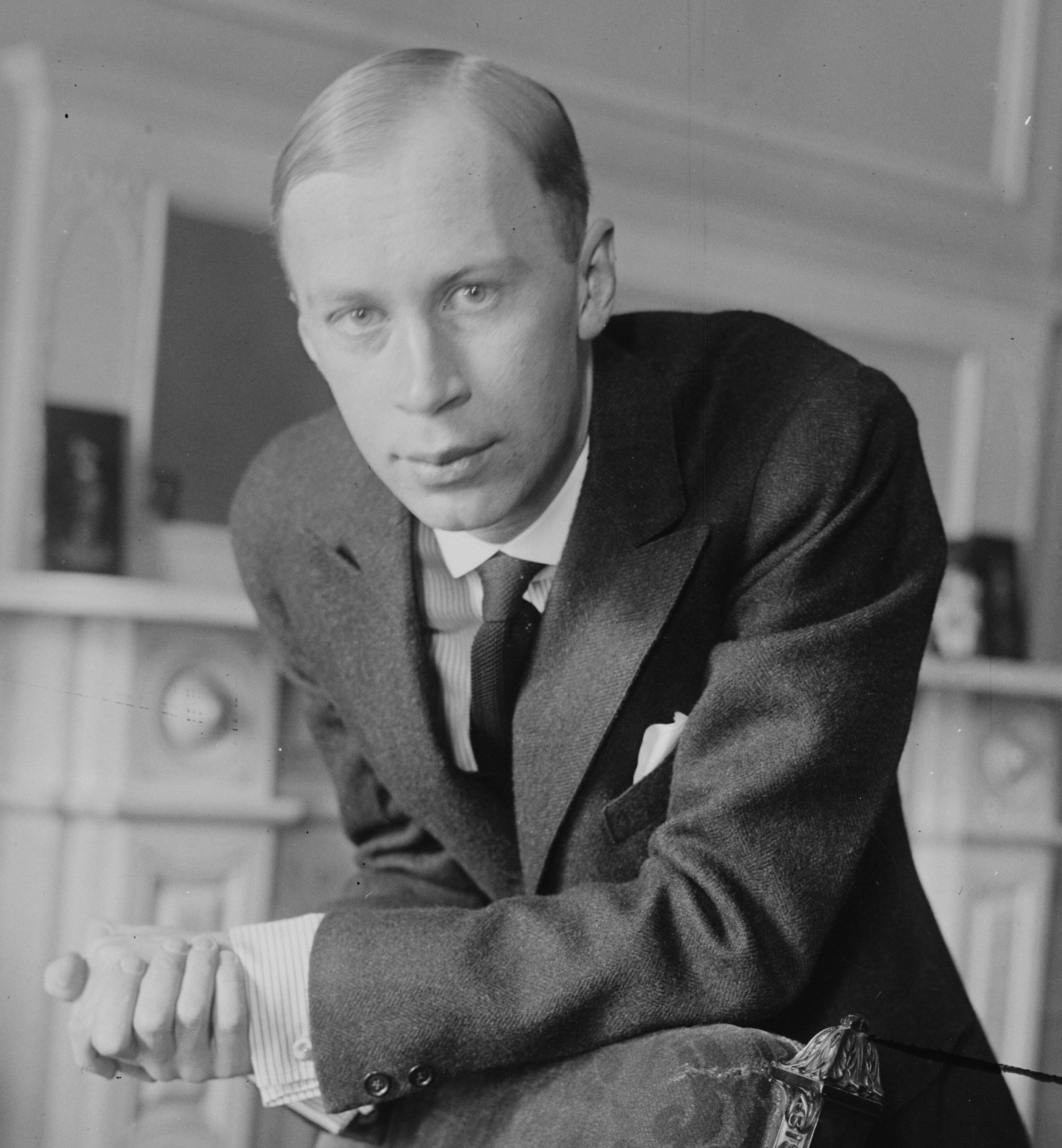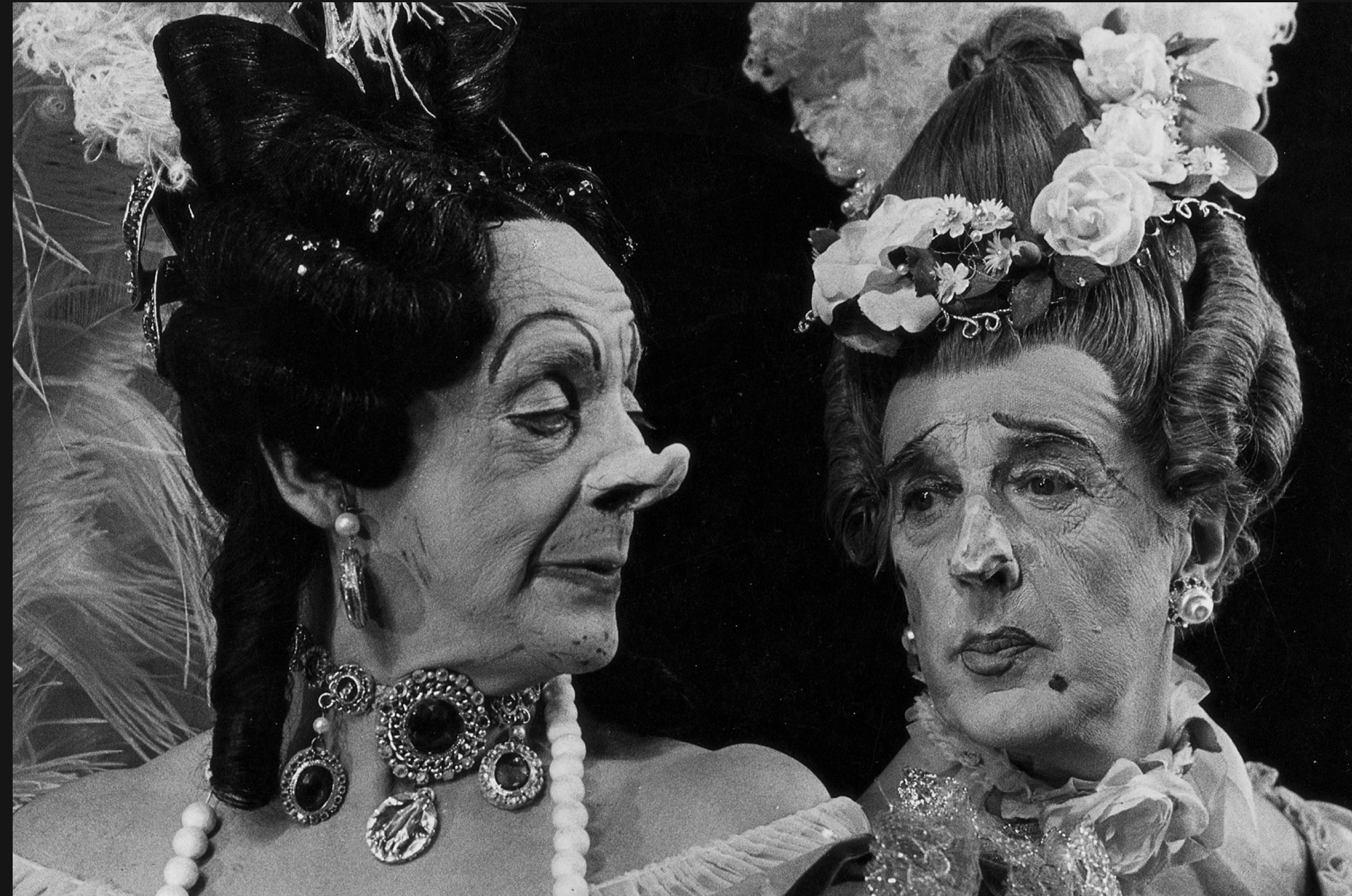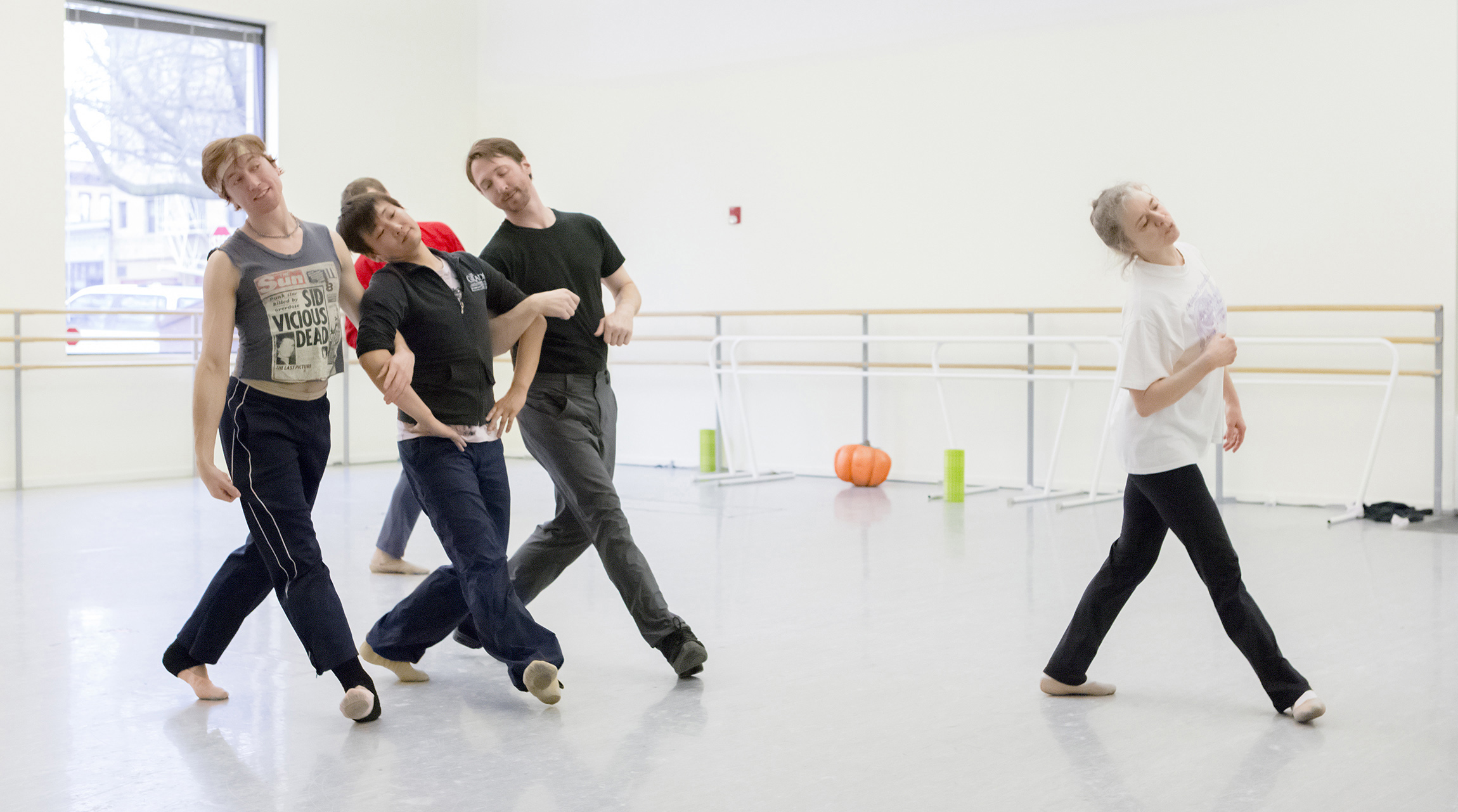The tale of Cinderella is an ancient one, originally communicated orally from generation to generation, and first printed over 1,000 years ago in 9th century China. The story is familiar to cultures around the world: Our Cinderella heroine is named Yeh-hsien in China, Cendrillon in France, Aschenputtel in Germany, Rashin Coatie in Scotland, Cenerentola in Italy, Katie Woodencloak in Norway and Mossy Coat in England. And though details are altered from one version to the next, (the heroine attends between one and three balls during the story; the heroine’s identifying feature could be a shoe, a ring, a bracelet, an anklet) there are striking consistencies across the stories in structure and message.


The version most widely known to Western audiences is the one penned by influential 17th century French author Charles Perrault. In 1697 Perrault’s Histoires ou contes du temps passé or Les Contes de ma Mere l’Oye (Stories or Fairy Tales from Past Times with Morals or Mother Goose Tales) was published, and the collection included the still-familiar tales of “The Sleeping Beauty”, “Little Red Riding Hood”, “Bluebeard”, “The Master Cat, or Puss in Boots” and “Cinderella”. His fairytales, featuring magical beings in narratives of tests, quests and transformations took an optimistic view of human nature and were designed to promote social and ethical standards – often with a moral or two to sum it all up for the reader at the end! Perrault’s telling of the tale has proven the inspiration for the majority of ballets created on the Cinderella story, and in 1893 Russia saw the tale as it was choreographed by Enrico Cecchetti, Lev Ivanov and Marius Petipa on the stage of the Mariinsky Theater.

It was during this production that the great Italian ballerina, Pierina Legnani, performed a series of 32 fouettés en tournant (a series of turns on one leg wherein the working leg extends and retracts with each rotation) onstage for the first time. Her bravura performance of this technical feat was applauded by audiences and was repeated in the choreography for the ballet Swan Lake two years later. (This series of turns remains a signature of the Black Swan solo and continues to test today’s ballerinas.)

Half a century later, Sergei Prokofiev, the masterful Russian composer, wrote his score for Cinderella. Having recently enjoyed the success of his composition for Romeo and Juliet, he began composing Cinderella in 1940, but the outbreak of World War II interrupted his writing and inspired him to create his epic opera, War and Peace. Prokofiev finished Cinderella in 1944, amidst the war-torn Soviet Union, and two more Russian versions of the ballet were choreographed using his new score: Rostislav Zakharov’s production for the Bolshoi Ballet in 1945, and Konstantin Sergeyev’s version, produced the following year for the Kirov. Both emphasized the triumph of the downtrodden over tyrannical forces, in celebration of the Soviet Union’s defeat of Germany during World War II. Prokofiev said, “I wrote Cinderella in the traditions of the old classical ballet: It has pas de deux, adagios, gavottes, several waltzes, a pavane, passepied, bourée, mazurka and gallop. Each character has his or her variation.” Within this structure Prokofiev said, “What I wished to express above all in the music of Cinderella was the poetic love of Cinderella and the Prince, the birth and flowering of that love, the obstacles in its path, and finally the dream fulfilled.” And imagining the story’s heroine, Prokofiev wrote, “I see Cinderella not only as a fairy-tale character but also as a real person, feeling, experiencing and moving among us.”

Prokofiev’s score has remained the most popular for Cinderella ballets, and was first used in the West by Sir Frederick Ashton when he choreographed Cinderella for Sadler’s Wells Royal Ballet in 1948. In his production Ashton utilized the pantomime tradition, casting men in female roles (Ashton himself played one of the Ugly Stepsisters in the ballet’s premiere), and he eliminated the Prince’s search around the world for the owner of the lost shoe. Cinderella marked Ashton’s first full-length ballet in the tradition of the 19th century classics and his production influenced generations of choreographers.

Ben Stevenson, the choreographer for OBT’s production of Cinderella, danced with Sadler’s Wells Royal Ballet and worked closely with Ashton. In 1970 Mr. Stevenson created his Cinderella for the National Ballet in Washington, D.C. The work drew outstanding reviews and Mr. Stevenson was asked to join the company as co-director. He has served as Artistic Director for Houston Ballet and now holds that post at Texas Ballet Theatre. For his contributions to the world of international dance Mr. Stevenson was named an Officer of the Order of the British Empire (O.B.E.) by Queen Elizabeth II. When you see his Cinderella you will understand why he has been so honored.

Mr. Stevenson’s version of Cinderella was a favorite of the choreographic master himself, George Balanchine. In the 1970’s Balanchine was artistic advisor at Le Ballet du Grand Théatre in Geneva, Switzerland, and asked Mr. Stevenson to restage his Cinderella on the company. At that time he cast a young American ballerina and Balanchine favorite, Janie Parker, in the title role. That same Ms. Parker has been the one setting the ballet on OBT’s dancers for the past five weeks, and her first-hand experience and knowledge of the ballet has been a vital part of bringing the production to life.

Mr. Stevenson’s Cinderella is a company premiere for OBT and will mark the first full-length story ballet that we have presented in four years. The production is enormous in scale with elaborate sets and fanciful costumes. At every performance the music will be played live by the OBT Orchestra, its ranks swollen to 62 musicians in order to accommodate Prokofiev’s rich score. (You are encouraged to look into the orchestra pit before the program begins to see the array of instruments.)

The entire company, including students from the School of Oregon Ballet Theatre, will fill the 60 roles required of the ballet. (Keep an eye out for OBT’s Rehearsal Director Lisa Kipp as Cinderella’s Stepmother and Ballet Master Jeffrey Stanton as Cinderella’s father!) The dancers have spent 105 hours in the studio learning and rehearsing the ballet, and this week they move into the theatre for 30 final hours of rehearsal before Saturday’s much-anticipated opening night.

Cinderella runs February 28 – March 7th at the Keller Auditorium. Tickets are selling quickly. Get yours HERE NOW before they turn into pumpkins.